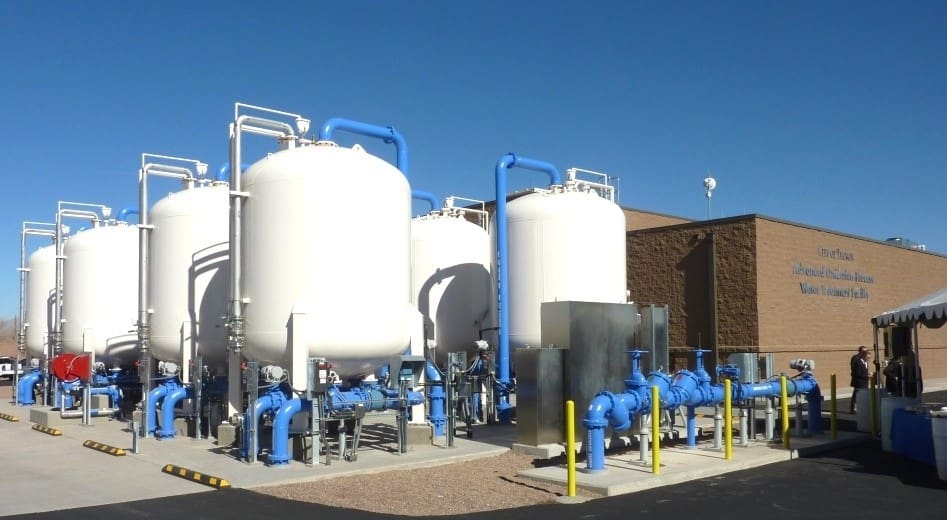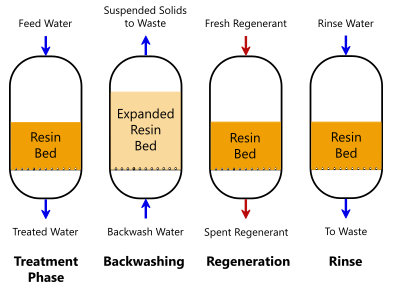How M270 Waste Management Help in the Safe Disposal of Toxic Materials
Wiki Article
How PFAS Treatment Makes Certain Clean and Lasting Water
The visibility of PFAS, generally recognized as "for life chemicals," postures substantial obstacles to water top quality and public health and wellness. The ramifications of these treatments extend beyond prompt wellness advantages; they increase vital questions about long-term water management approaches that have to be dealt with to make sure a durable future.
Comprehending PFAS Contamination
PFAS, or per- and polyfluoroalkyl materials, have emerged as a considerable environmental issue because of their prevalent frequency and perseverance in the environment. These synthetic chemicals have been used in different industrial applications and customer products, including non-stick kitchenware, water resistant apparel, and food product packaging, as a result of their one-of-a-kind residential or commercial properties such as water and grease resistance.The contamination of soil and water sources by PFAS occurs primarily through commercial discharges, firefighting foam use, and seeping from garbage dumps. pfas management. When released, these compounds are resistant to degradation, leading to their accumulation in the environment. This persistence raises critical concerns, as PFAS can take a trip lengthy distances through groundwater and surface water supply, influencing drinking water supplies and communities

Health Threats of PFAS
The perseverance of PFAS in the atmosphere raises substantial health problems for individuals revealed to these compounds. Study has connected PFAS exposure to numerous unfavorable health results, including immune system disorder, liver damage, and boosted risk of specific cancers cells.The ubiquity of PFAS in customer products, such as non-stick cooking equipment, water-repellent fabrics, and food product packaging, further magnifies the threat of exposure. Consuming alcohol water contaminated with PFAS is a substantial worry, as these chemicals can leach into groundwater resources. Vulnerable populaces, consisting of children and those living near commercial websites, might face elevated threats due to their establishing systems and possible for higher exposure degrees.
As recognition of these health and wellness threats remains to grow, regulative firms are starting to develop guidelines for PFAS levels in drinking water. Public health and wellness campaigns are necessary to alleviate direct exposure and shield communities from the long-term impacts of these harmful materials.

Cutting-edge Treatment Technologies
Just how can we properly deal with the obstacles positioned by PFAS contamination in water resources? Innovative treatment modern technologies are becoming vital services in the mission for tidy water. These approaches focus on the elimination or devastation of per- and polyfluoroalkyl substances (PFAS), which are well-known for their perseverance in the environment.One appealing strategy is adsorption using sophisticated products, such as activated carbon and ion exchange resins. These materials have actually revealed efficacy in capturing PFAS molecules from water. An additional significant technology is membrane layer filtration, which utilizes nanofiltration and reverse osmosis to separate pollutants at the molecular degree, hence providing a barrier against PFAS.
Furthermore, progressed oxidation procedures (AOPs) use solid oxidants to damage down PFAS compounds into harmless byproducts. This method is especially efficient for dealing with extremely polluted water sources. Bioremediation pfas waste management methods, using particular microbes, are also being checked out to deteriorate PFAS.
As research study continues, hybrid systems that integrate several innovations may provide improved performance, attending to the intricacies of PFAS contamination. The advancement and implementation of these innovative therapy modern technologies are important steps towards making certain the safety and security and sustainability of our water sources.
Benefits of Effective PFAS Treatment
Efficiently dealing with PFAS contamination in water resources significantly boosts public wellness and environmental safety and security. PFAS, commonly referred to as "for life chemicals," are immune to degradation and can gather in the human body, bring about severe health threats such as cancer, liver damages, and immune system disorder. By executing reliable treatment approaches, communities can minimize direct exposure to these damaging substances, inevitably boosting the health outcomes of their populations.
Moreover, successful PFAS treatment contributes to the conservation of local ecosystems. Infected water can detrimentally affect marine life and interrupt the fragile equilibrium of regional environments. By ensuring clean water, treatment procedures shield biodiversity and maintain eco-friendly integrity.
Additionally, efficient PFAS removal can foster public confidence in water high quality. When areas are assured that their drinking water is devoid of hazardous pollutants, it advertises a feeling of safety and security and wellness. This trust is necessary for area involvement and support for ongoing water administration efforts.
Future of Water Sustainability
Amidst expanding problems concerning water quality and scarcity, the future of water sustainability rests on innovative methods and collective initiatives. As neighborhoods deal with the impending dangers of impurities like PFAS, the growth of innovative therapy technologies is essential. These technologies not only focus on the elimination of harmful substances yet additionally advertise the reuse and recycling of water, therefore lowering general demand.Furthermore, efficient water governance plays an important function in guaranteeing sustainable practices. Policymakers have to incorporate clinical research study with regulatory frameworks to develop clear standards for water usage and treatment. Stakeholder involvement, consisting of regional communities and sectors, promotes a sense of shared duty and motivates sustainable practices throughout numerous industries.
Investment in framework is likewise important; upgrading aging systems to incorporate modern-day filtering and purification techniques can considerably enhance water top quality. Embracing environment-friendly innovations, such as all-natural filtering systems, can give environment-friendly services.
Inevitably, the future of water sustainability lies in an all natural method that incorporates innovation, plan, and community participation. By prioritizing these aspects, we can safeguard our water resources for generations ahead, guaranteeing tidy and sustainable water for all.
Final Thought
In final thought, the efficient treatment of PFAS is necessary for making sure tidy and sustainable water. Eventually, robust PFAS treatment approaches contribute to long-term resilience in water management, cultivating public trust fund in water top quality and advertising lasting methods.Report this wiki page